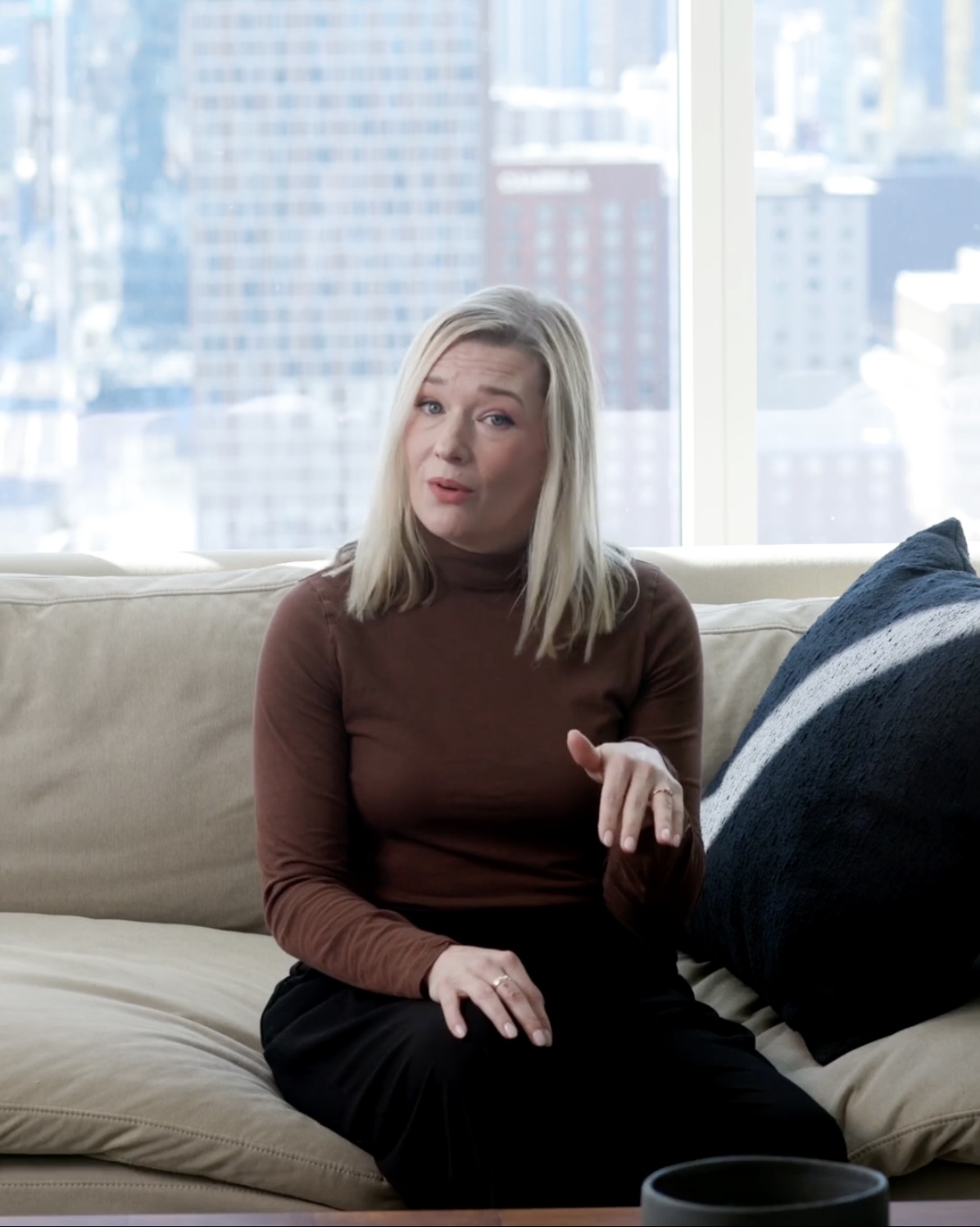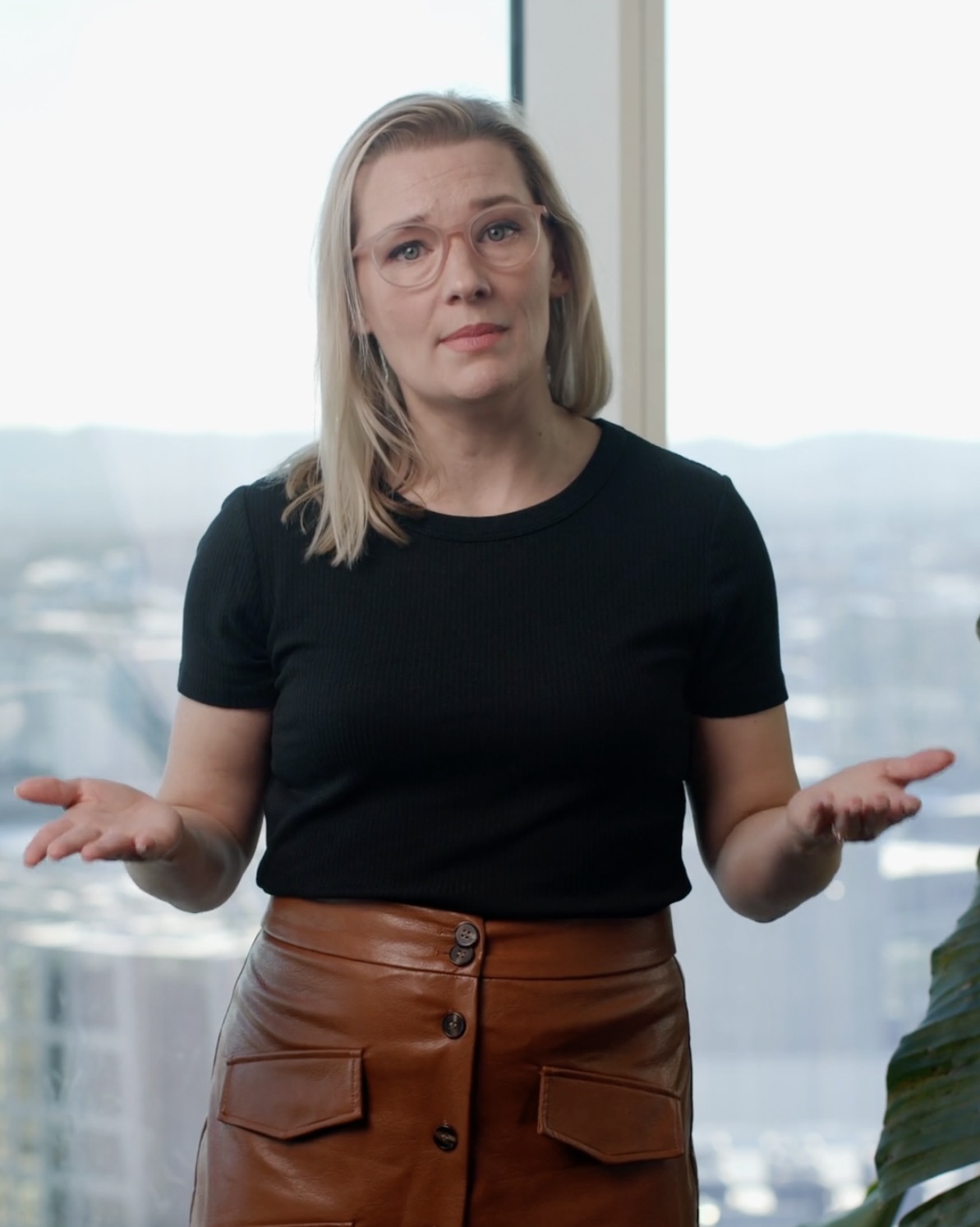At Wizardly, we don’t believe in a one-and-done approach. Instead, we form lasting design partnerships with our clients. When we take a client on board, we meet as often as possible to understand who they are and what they stand for. Our commitment extends far beyond the launch of a new brand or website – we’re here for the long haul, providing design strategy and support to ensure brand consistency and longevity in all our projects.
—
Section 1: The Advantages of a Partnership Mentality
Design partnerships offer numerous benefits that go beyond the typical client-agency relationship. With a partnership-focused approach, we become intimately familiar with our clients’ brand, values, and objectives. This deep understanding results in fewer revisions and less back-and-forth communication. Instead, we deliver on-brand design assets that form the foundational core of our clients’ messaging. This strong alignment from the outset sets the stage for a successful and enduring brand journey.
Section 2: Tailoring Solutions to Evolving Company Needs
One of the most significant advantages of a design partnership is its flexibility. As businesses evolve, their design needs may change, and this is where a design partner truly shines. With an established rapport and understanding, we can easily adapt our design solutions to cater to a company’s changing requirements. Whether it’s a brand refresh, product launch, or expansion into new markets, a design partner is always ready to offer tailor-made solutions that align seamlessly with the brand’s vision.
Section 3: The Power of Collaboration in User-Centric Design
At the heart of every successful design partnership lies collaboration. We believe in involving our clients in the design process, especially when it comes to user-centric design. By understanding their users through collaborative research and analysis, we can create experiences that truly resonate. Our clients’ insights and perspectives are invaluable in crafting design solutions that meet their users’ needs and expectations. The end result? Better user experiences that drive brand loyalty and engagement.




